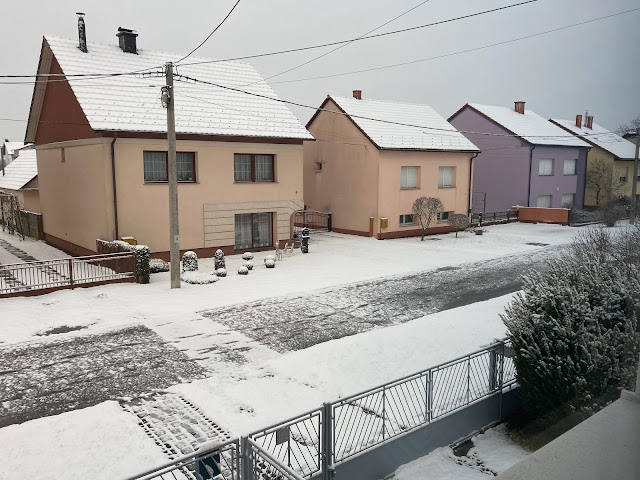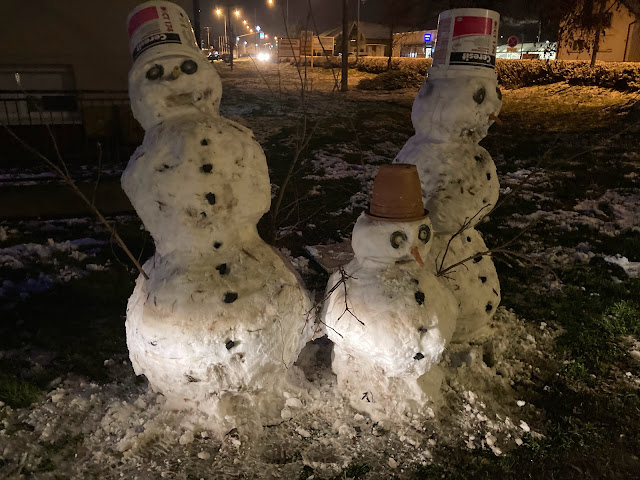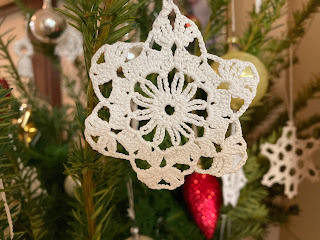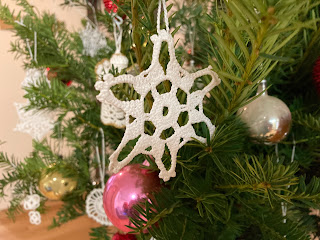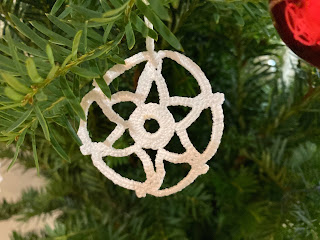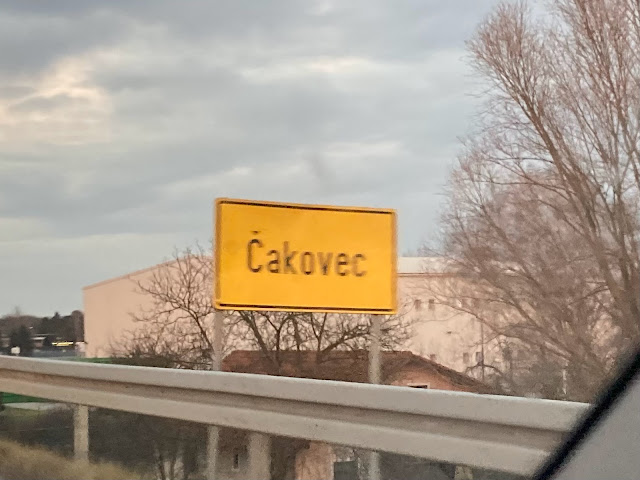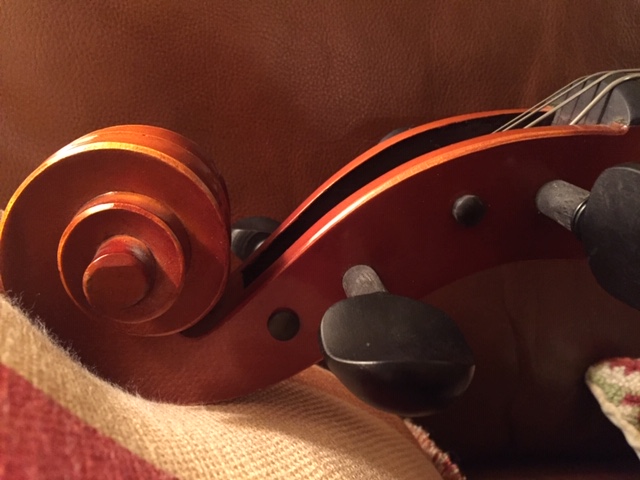Where I grew up, we often sang a hymn in church called "Now the Day Is Over," and it remains with me today, despite likely not having sung it since I moved away after college. I'll save my lament for the loss of older hymns for another time and simply say that I loved this hymn, always sung on Sunday evenings for obvious reasons. I loved the sense of peace it brought and the sense of order, acknowledging that God, the cosmic source of day and night, could be called upon in personal prayer.
It's a prayer for rest, for good sleep, for protection from temptation and evil, and a prayer for a holy beginning for the day to come.
It came to me when I was out walking earlier just as the sun began to set, and it strikes me as an appropriate hymn as we close out one calendar year and begin another, so I'll share the text here. Unfortunately, I cannot figure out with the new Blogger configuration how to format this as I would like to, so please bear with me.
Now the day is over, night is drawing nigh;
shadows of the evening steal across the sky.
Jesus, give the weary calm and sweet repose;
with your tend'rest blessing may my eyelids close.
Comfort ev'ry sufferer watching late in pain;
those who plan some evil, from their sin restrain.
When the morning wakens, then may I arise
pure and fresh and sinless, in your holy eyes.
New Year's is a time of big parties for lots of people. But for some of us, it's more often a time of reflection, being grateful, and choosing, maybe daring, to hope as we look forward.
This year, like last year, I'm certainly more inclined to a contemplative stance. The struggling and suffering of the past two years of pandemic combined with both pandemic "side effects" and the normal challenges of life, call for prayer more than for fireworks, it seems.
At the same time, we have a new year ahead of us, and every morning is a new day. We have the opportunity to "arise pure and fresh and sinless" in the holy eyes of a God who cares so much for this world that He keeps the sun rising and setting, keeps healing the sick, keeps providing hope, keeps forgiving our sins, and keeps sustaining life and even overcoming death.
With a prayer for those who are suffering, and hope for all of us going forward, I do pray that 2022 will be a truly happy new year.





